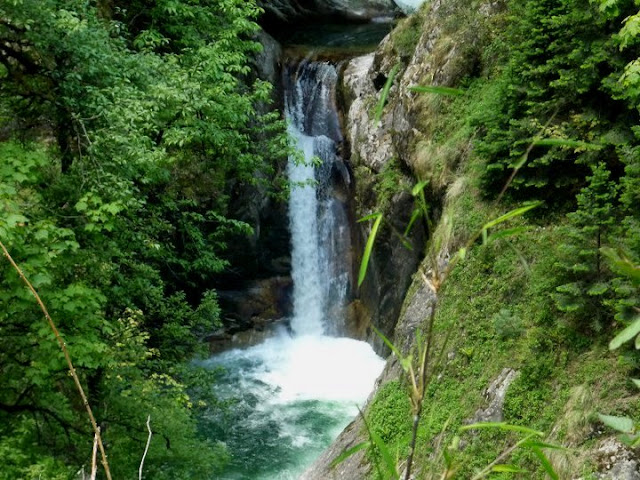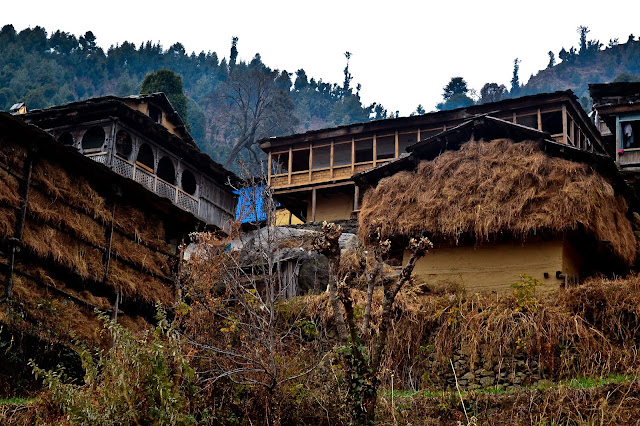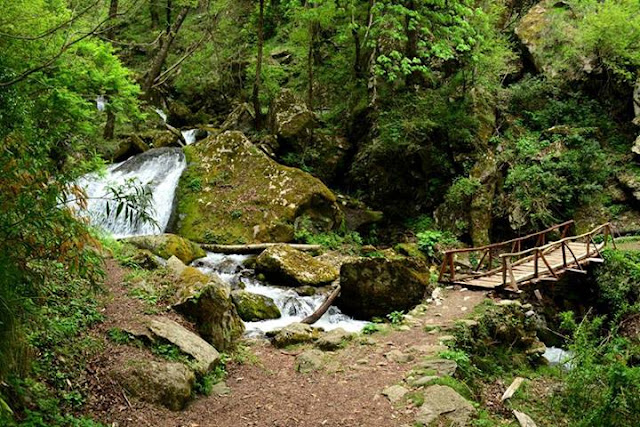The Great Himalayan National Park encompassing an area of 754 sq km was constituted in 1984 and declared a park in 1999 to save the endangered wildlife species of this Himalayan ecosystem. It has also been identified as one of the five centres of plant diversity and endemism in India by the World Conservation Monitoring Center.
Adjacent to the park are four other protected areas - Khirganga National Park of Parvati Valley, the Pin Valley National Park of Spiti Valley, Rupi Bhabha Sanctuary and Kanawar Wildlife Sanctuary - a vast expanse of land sheltering many of species, both animal and plant, endemic to this region of the Himalayas. Deciduous broadleaved forests of oak and bamboo alternate with pine and deodar woods, while grasses and colorful wildflowers crowd the alpine meadows in the upper reaches during the summer and rainy season.
Great Himalayan National Park is the only area apart from Machiara National park in Pakistan where Western Tragopan is found. GHNP offers the novice as well as the hardcore trekker, photographer, birdwatcher, writer and a nature lover a wide range of experiences in the vast wilderness.


+at+Rakhindi+Top+3650+Mts..jpg)




Camping are the activity in which people like to accomodate in small tents and create lots of amusements activities surroundings their camp and create bonfire. In India there are several people like to visit camping sites specially for Spiti in himachal pradesh with their family members and collage groups for participate in camping. Lahaul and Spiti are the places where several beautiful destinations for camping sites like chandratal lake and dhankar lake.
ReplyDelete